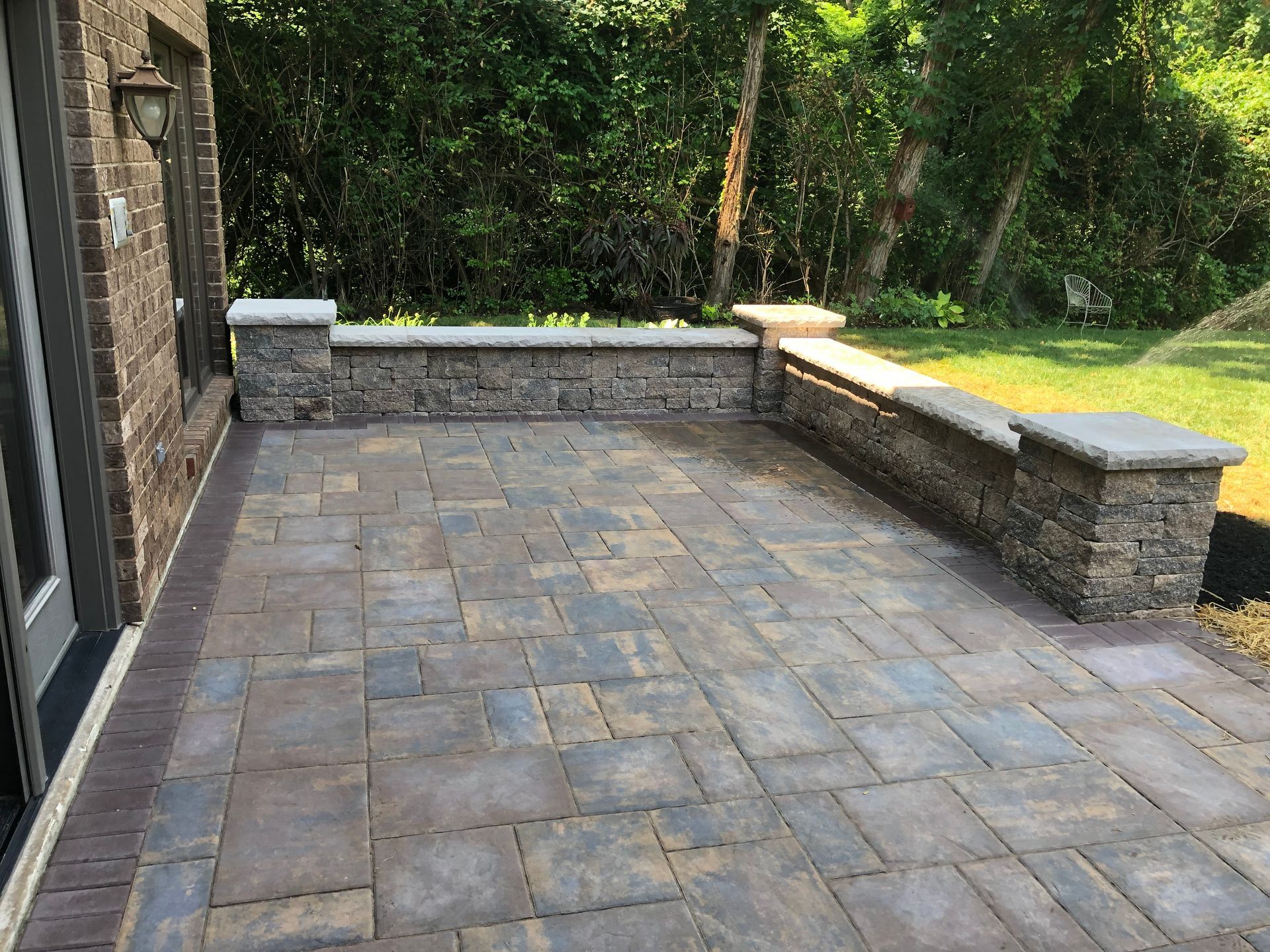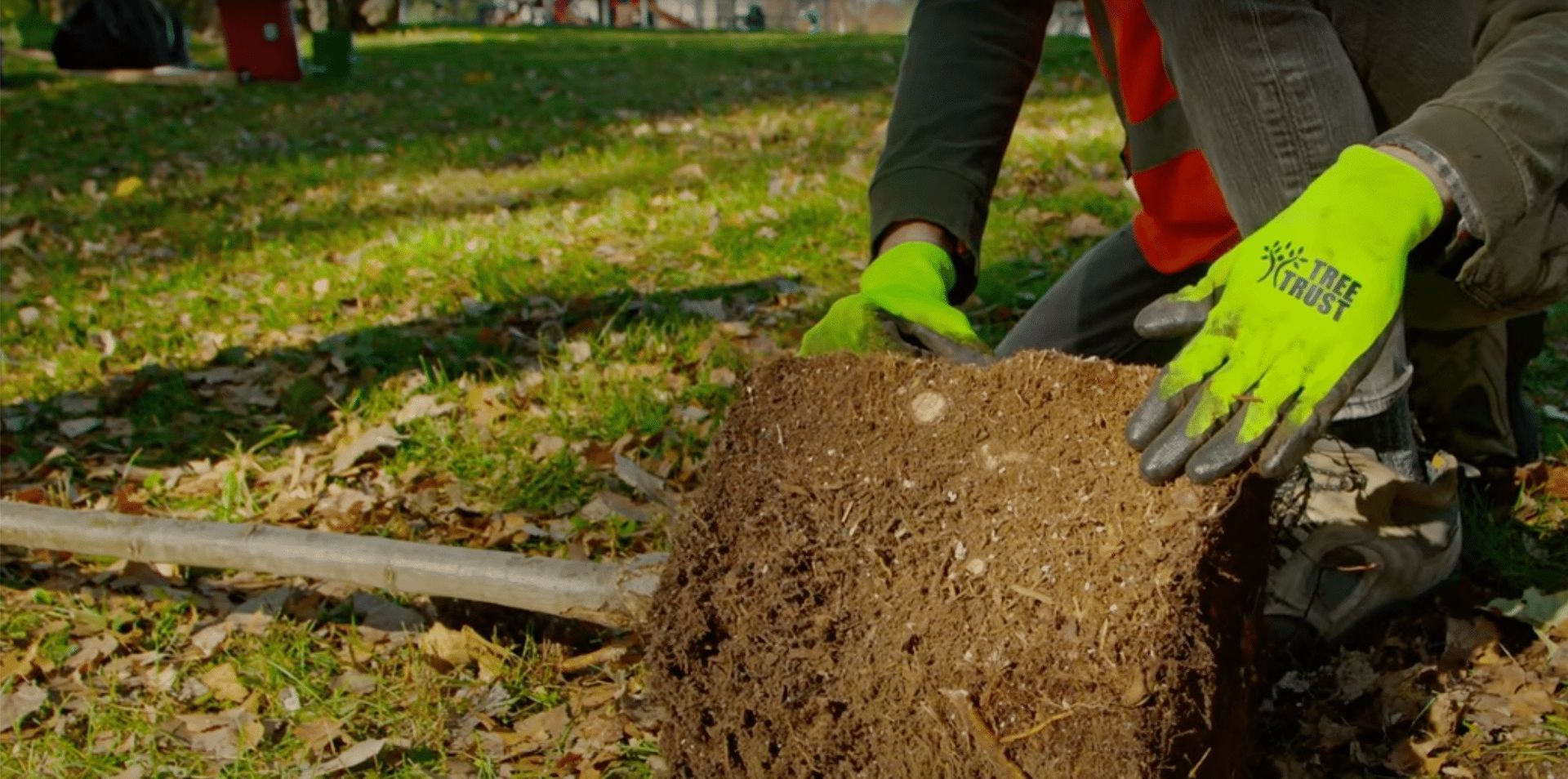Benefits of Topdressing Your Gravel Driveway
Adam Lawson • August 25, 2025
Maintaining a gravel driveway can be a rewarding task, and one of the most effective ways to keep it in top shape is through topdressing. Topdressing involves adding a fresh layer of gravel to the existing driveway surface to restore its appearance, improve functionality, and extend its lifespan. Below, we explore the key benefits of topdressing your gravel driveway.
1. Restores Aesthetic Appeal
Over time, gravel driveways can become worn, with bare patches, ruts, or scattered stones. Topdressing replenishes the surface with fresh gravel, giving it a clean, uniform look. A well-maintained gravel driveway enhances your property’s curb appeal, making it more inviting for visitors and potential buyers.
2. Improves Surface Stability
Daily use, weather, and natural settling can cause gravel to shift or compact unevenly, leading to potholes or uneven surfaces. Adding a new layer of gravel through topdressing fills in low spots and creates a smoother, more stable driving surface. This improves safety and comfort for vehicles and pedestrians alike.
3. Enhances Drainage
Proper drainage is critical to preventing water pooling and erosion on a gravel driveway. Topdressing with the right type and size of gravel—such as angular stones that interlock—helps maintain proper drainage channels. This reduces the risk of water damage and keeps your driveway functional even during heavy rain.
4. Extends Driveway Lifespan
Regular topdressing protects the underlying base of your driveway by preventing excessive wear. By addressing minor issues like thinning gravel or small potholes early, you can avoid costly repairs or a full driveway replacement. A well-maintained gravel driveway can last for decades with proper care.
5. Cost-Effective Maintenance
Compared to repaving an asphalt or concrete driveway, topdressing a gravel driveway is a budget-friendly maintenance option. The materials and labor required are relatively inexpensive, and the process is straightforward enough that homeowners can often do it themselves with the right tools and materials.
6. Prevents Weed Growth
A thin or patchy gravel layer can allow weeds to take root, detracting from your driveway’s appearance and causing structural issues. Topdressing adds a fresh, thick layer of gravel that suppresses weed growth by blocking sunlight and making it harder for seeds to germinate.
7. Customizable Appearance
Topdressing gives you the opportunity to refresh or even change the look of your driveway. You can choose gravel in different colors, sizes, or textures to match your home’s aesthetic or landscape design. This flexibility allows you to personalize your driveway while maintaining its functionality.
How to Topdress Your Gravel Driveway
To get the most out of topdressing, follow these steps:
1. Clear Debris:
Remove weeds, leaves, and other debris from the driveway.
2. Grade the Surface:
Use a rake or grader to smooth out ruts and potholes.
3.Choose the Right Gravel:
Select gravel that matches your existing driveway or opt for a new style, ensuring it’s angular for better interlocking.
4.Spread Evenly:
Apply a 1-2 inch layer of gravel evenly across the surface.
5.Compact the Gravel:
Use a roller or tamper to compact the new layer for stability.
Conclusion
Topdressing your gravel driveway is a simple yet highly effective way to maintain its beauty, functionality, and durability. By addressing wear and tear, improving drainage, and preventing weed growth, topdressing ensures your driveway remains a reliable and attractive feature of your property. Whether you’re looking to boost curb appeal or extend the life of your driveway, regular topdressing is a smart investment for any gravel driveway owner.




